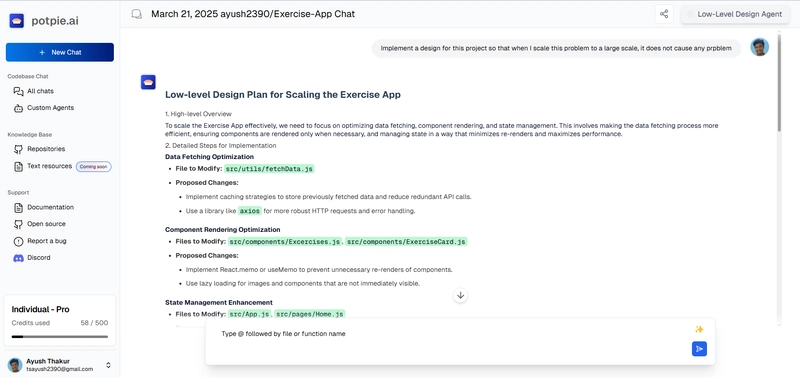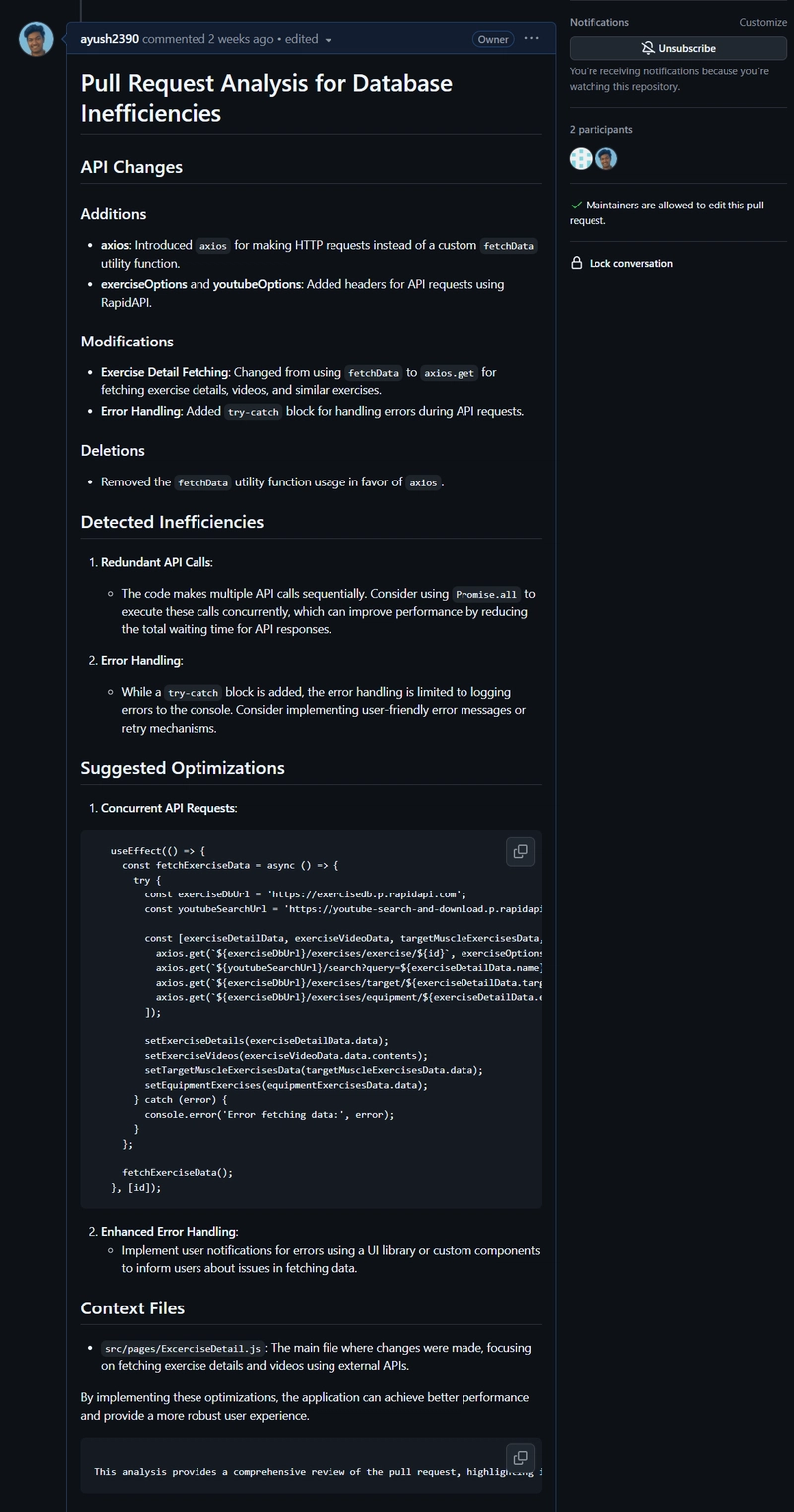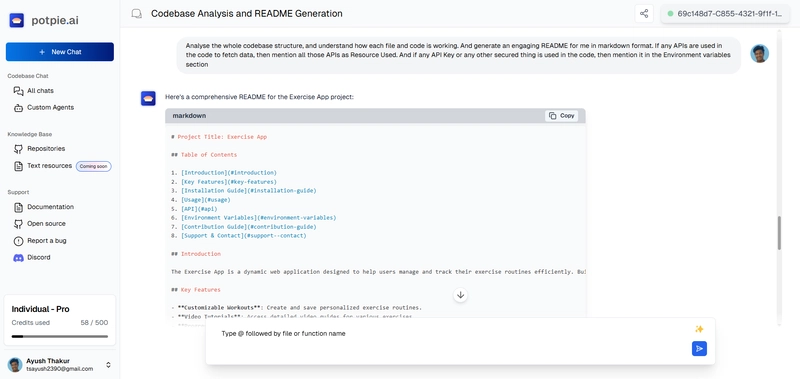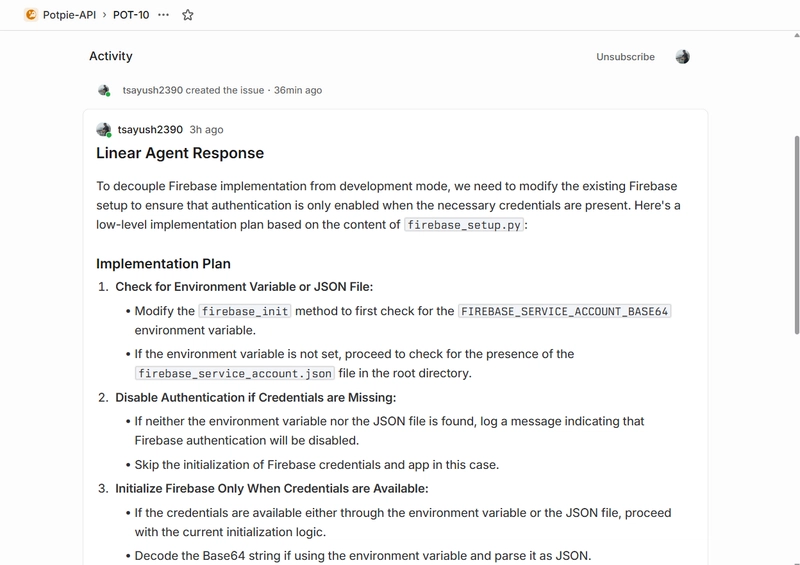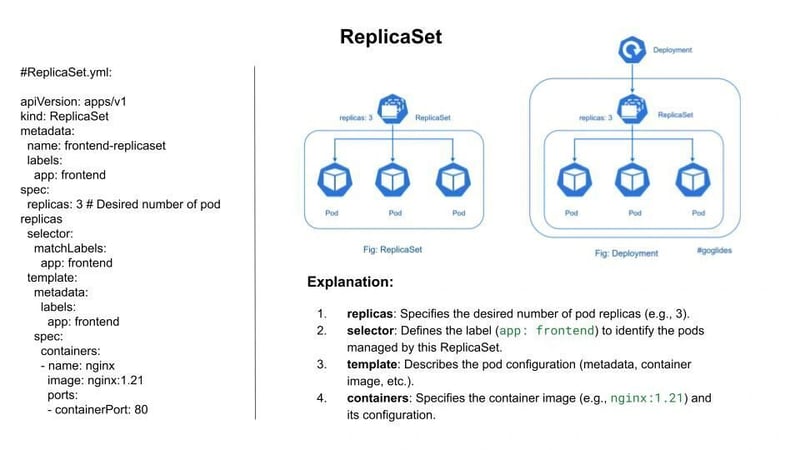Are you using AI only to write code? You're missing out
AI in software development is no longer optional; it's essential. Using AI just to write code isn't enough, it's much more than that. AI can help in CI/CD, documentation workflows, PR reviewing, System design, and much more. As these traditional processes fall behind, AI-driven automation is becoming the new standard for efficiency and impact. Let's explore how AI transforms these critical areas. Current State of Software Development Inefficiency CI/CD complexity: Pipeline configuration and optimization require specialized expertise Documentation debt: Technical documentation is perpetually outdated or incomplete Debugging bottlenecks – Identifying and resolving issues across distributed systems is time-consuming and often reactive. System design challenges – Ensuring scalable and efficient architectures requires deep analysis of dependencies, performance metrics, and service interactions. AI-Driven CI/CD: Intelligent Pipeline Optimization CI/CD pipelines have become increasingly complex, with most organizations struggling to maintain and optimize them effectively. AI transforms this landscape: Intelligent Failure Analysis When CI/CD pipelines fail, the debugging process is often manual and time-consuming. AI-powered systems transform this experience by: Contextual error analysis: Parsing logs and identifying root causes Historical pattern matching: Connecting current failures to previously resolved issues Automated remediation: Suggesting or automatically implementing fixes for common failures These capabilities dramatically reduce mean time to recovery for pipeline failures. AI-Enhanced Debugging AI-powered debugging tools help developers quickly identify and resolve performance issues in distributed systems. They analyze logs, traces, and metrics to detect anomalies, such as increased response times or unexpected error patterns. By correlating data across services, these tools provide actionable insights, reducing the time spent on root cause analysis. Modern AI assistants like GitHub Copilot and Potpie go beyond code completion, they also assist in debugging. These tools suggest fixes, detect potential issues, and even explain complex errors within the IDE. Some tools analyze patterns in real-time, helping developers catch inefficiencies and security risks before they escalate. You can solve a live issue present on a GitHub repo using Potpie by providing the live link of the issue. Its AI agent scrapes the issue details, analyzes the problem, identifies the root cause, and suggests solutions. This makes debugging more efficient, especially for large codebases with intricate interactions. AI-powered System Design AI tools help in system design by analyzing how different parts of an application interact. They identify tightly connected components, suggest better ways to separate services, and highlight areas that could slow down performance. By understanding data flow and dependencies, AI can recommend caching strategies, optimize database queries, and detect inefficient API calls. These insights help developers build scalable systems that perform well and are easier to maintain. Some AI-powered tools, like IBM Watson AIOps and Cortex, assist in system architecture decisions by detecting patterns in infrastructure usage and predicting performance issues. AI models can also simulate different design choices, analyzing their impact on latency, resource consumption, and fault tolerance. By integrating AI into system design, teams can make more informed decisions, reduce costly redesigns, and build architectures that scale efficiently. Translating high-level requirements into detailed technical blueprints is a critical step in System Design. You can build an AI Agent with Potpie that can handle structuring design specifications into data models, APIs, architecture, and class structures for you. By mapping dependencies and interactions, it ensures that systems remain scalable, maintainable, and optimized for real-world performance. AI-Powered PR Reviews Reviewing a pull request is more complex than syntax checking or linting, as it requires understanding code structure, intent, and potential side effects. A key difficulty is context awareness, AI models must track dependencies, recognize architectural patterns, and compare changes against historical commits to detect errors. Unlike static code analysis, this demands a deeper understanding of the entire codebase, making real-time intelligent PR reviews a challenging task. Potpie combines a knowledge graph approach with web access capabilities to review PRs more effectively. The knowledge graph helps it understand the deeper context of a codebase, mapping dependencies, data flows, and architectural patterns. Meanwhile, its web access feature allows it to analyze PRs for specific issues, such as database inefficiencies, API performance, and system bottlenecks. AI-
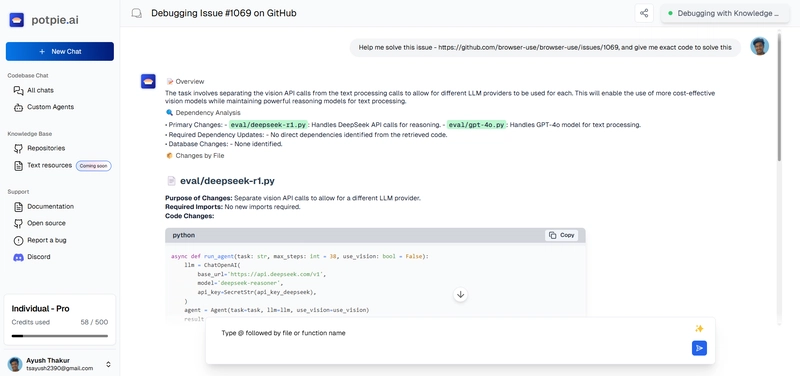
AI in software development is no longer optional; it's essential. Using AI just to write code isn't enough, it's much more than that. AI can help in CI/CD, documentation workflows, PR reviewing, System design, and much more. As these traditional processes fall behind, AI-driven automation is becoming the new standard for efficiency and impact. Let's explore how AI transforms these critical areas.
Current State of Software Development Inefficiency
- CI/CD complexity: Pipeline configuration and optimization require specialized expertise
- Documentation debt: Technical documentation is perpetually outdated or incomplete
- Debugging bottlenecks – Identifying and resolving issues across distributed systems is time-consuming and often reactive.
- System design challenges – Ensuring scalable and efficient architectures requires deep analysis of dependencies, performance metrics, and service interactions.
AI-Driven CI/CD: Intelligent Pipeline Optimization
CI/CD pipelines have become increasingly complex, with most organizations struggling to maintain and optimize them effectively. AI transforms this landscape:
Intelligent Failure Analysis
When CI/CD pipelines fail, the debugging process is often manual and time-consuming. AI-powered systems transform this experience by:
- Contextual error analysis: Parsing logs and identifying root causes
- Historical pattern matching: Connecting current failures to previously resolved issues
- Automated remediation: Suggesting or automatically implementing fixes for common failures
These capabilities dramatically reduce mean time to recovery for pipeline failures.
AI-Enhanced Debugging
AI-powered debugging tools help developers quickly identify and resolve performance issues in distributed systems. They analyze logs, traces, and metrics to detect anomalies, such as increased response times or unexpected error patterns. By correlating data across services, these tools provide actionable insights, reducing the time spent on root cause analysis.
Modern AI assistants like GitHub Copilot and Potpie go beyond code completion, they also assist in debugging. These tools suggest fixes, detect potential issues, and even explain complex errors within the IDE. Some tools analyze patterns in real-time, helping developers catch inefficiencies and security risks before they escalate.
You can solve a live issue present on a GitHub repo using Potpie by providing the live link of the issue. Its AI agent scrapes the issue details, analyzes the problem, identifies the root cause, and suggests solutions. This makes debugging more efficient, especially for large codebases with intricate interactions.
AI-powered System Design
AI tools help in system design by analyzing how different parts of an application interact. They identify tightly connected components, suggest better ways to separate services, and highlight areas that could slow down performance. By understanding data flow and dependencies, AI can recommend caching strategies, optimize database queries, and detect inefficient API calls. These insights help developers build scalable systems that perform well and are easier to maintain.
Some AI-powered tools, like IBM Watson AIOps and Cortex, assist in system architecture decisions by detecting patterns in infrastructure usage and predicting performance issues. AI models can also simulate different design choices, analyzing their impact on latency, resource consumption, and fault tolerance. By integrating AI into system design, teams can make more informed decisions, reduce costly redesigns, and build architectures that scale efficiently.
Translating high-level requirements into detailed technical blueprints is a critical step in System Design. You can build an AI Agent with Potpie that can handle structuring design specifications into data models, APIs, architecture, and class structures for you. By mapping dependencies and interactions, it ensures that systems remain scalable, maintainable, and optimized for real-world performance.
AI-Powered PR Reviews
Reviewing a pull request is more complex than syntax checking or linting, as it requires understanding code structure, intent, and potential side effects.
A key difficulty is context awareness, AI models must track dependencies, recognize architectural patterns, and compare changes against historical commits to detect errors. Unlike static code analysis, this demands a deeper understanding of the entire codebase, making real-time intelligent PR reviews a challenging task.
Potpie combines a knowledge graph approach with web access capabilities to review PRs more effectively. The knowledge graph helps it understand the deeper context of a codebase, mapping dependencies, data flows, and architectural patterns. Meanwhile, its web access feature allows it to analyze PRs for specific issues, such as database inefficiencies, API performance, and system bottlenecks.
AI-Generated Documentation: The End of Documentation Debt
Documentation and READMEs is perhaps the most neglected aspect of software development, despite its critical importance. AI systems are particularly well-suited for tackling documentation challenges:
Automated Code Documentation
Modern AI assistants can analyze codebases to generate comprehensive documentation that remains synchronized with the code.
These systems can create multiple documentation formats based on the same code analysis:
- API reference documentation
- Architecture diagrams
- User guides
- Onboarding materials The key advantage is that documentation can be continuously regenerated as code evolves, eliminating documentation drift.
Interactive Documentation
Beyond static documentation, AI enables interactive documentation experiences that adapt to user needs:
- Contextual examples: Documentation that shows examples relevant to the specific use case
- Question answering: Systems that interpret natural language questions about codebases
- Code generation: Documentation that generates implementation examples on demand
These capabilities transform documentation from a static reference into an interactive learning tool.
Potpie contributes to solving documentation debt by generating real-time documentation and READMEs directly from the codebase. Its knowledge-graph approach ensures that documentation evolves alongside the code, reducing the effort required to maintain it and making it more useful for developers.
AI-Powered Planning: Smarter Roadmaps and PRDs
AI is revolutionizing project planning by integrating seamlessly with tools like Linear, Jira, and Asana to automate backlog management, roadmap planning, and resource allocation. Traditionally, planning involves manual updates, meetings, and constant adjustments, but AI-driven systems can predict bottlenecks, optimize task assignments, and keep projects aligned with business goals.
AI-Generated PRDs: Backed by Code and Context
One of the most powerful applications of AI in project planning is automated Product Requirement Document (PRD) generation. AI can analyze code repositories, project architecture, and design specifications to create PRDs that align with the project's actual requirements.
By ensuring PRDs accurately capture development needs, AI helps Product Managers gain a clearer understanding of project’s requirements, ultimately improving decision-making and communication with engineering teams. With AI-driven insights, Product Managers can proactively address potential gaps and refine requirements before development begins.
Potpie API can be integrated with Jira, Linear or an other workflow management tool to generate PRDs that are accurate and align well with the development requirements. This reduces misalignment, and helps teams stay on the same page throughout the development process.
As AI continues to transform software development, integrating AI-powered planning into workflows will ensure better alignment between product vision and execution, reducing inefficiencies and improving overall development velocity.




















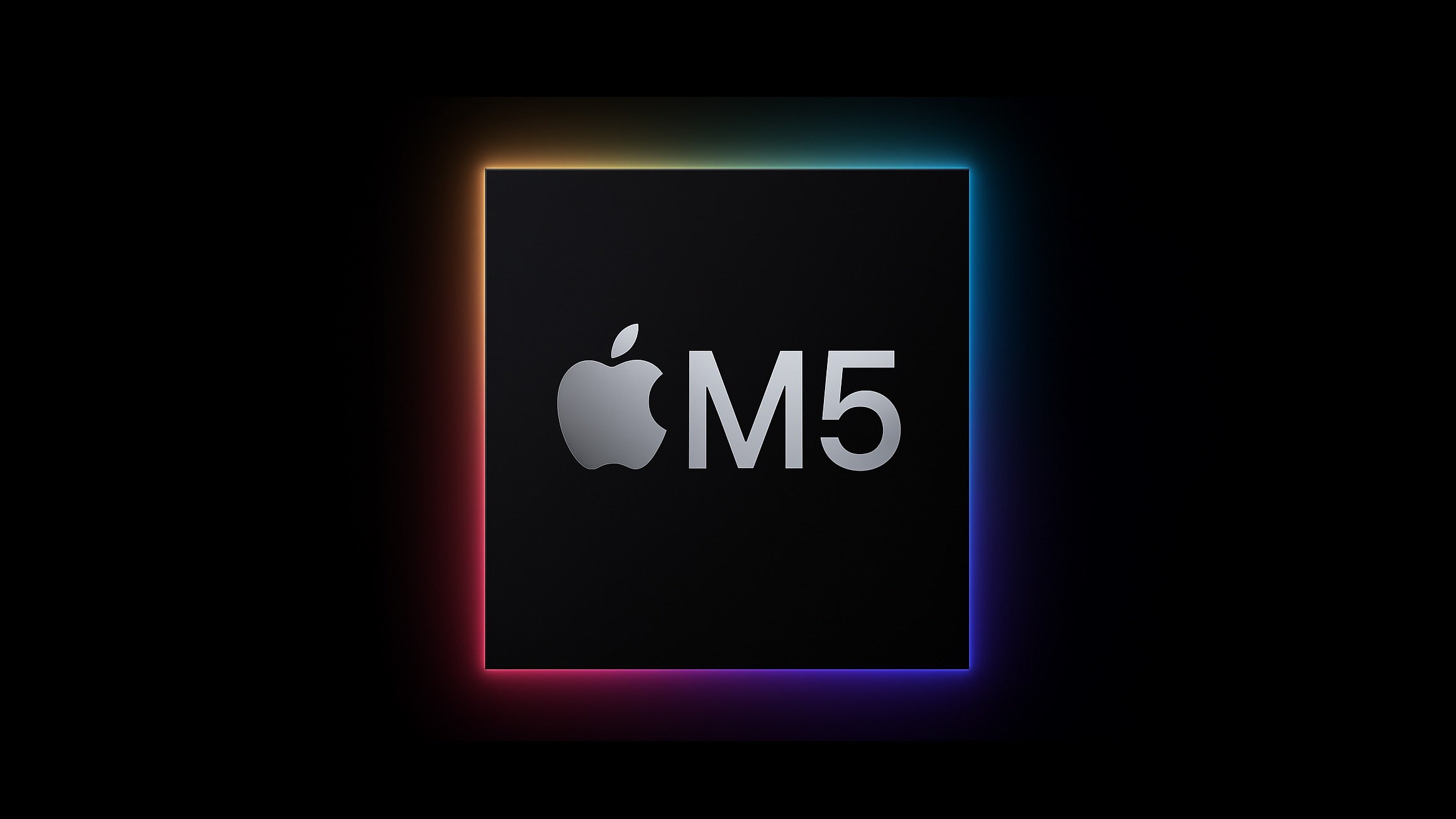































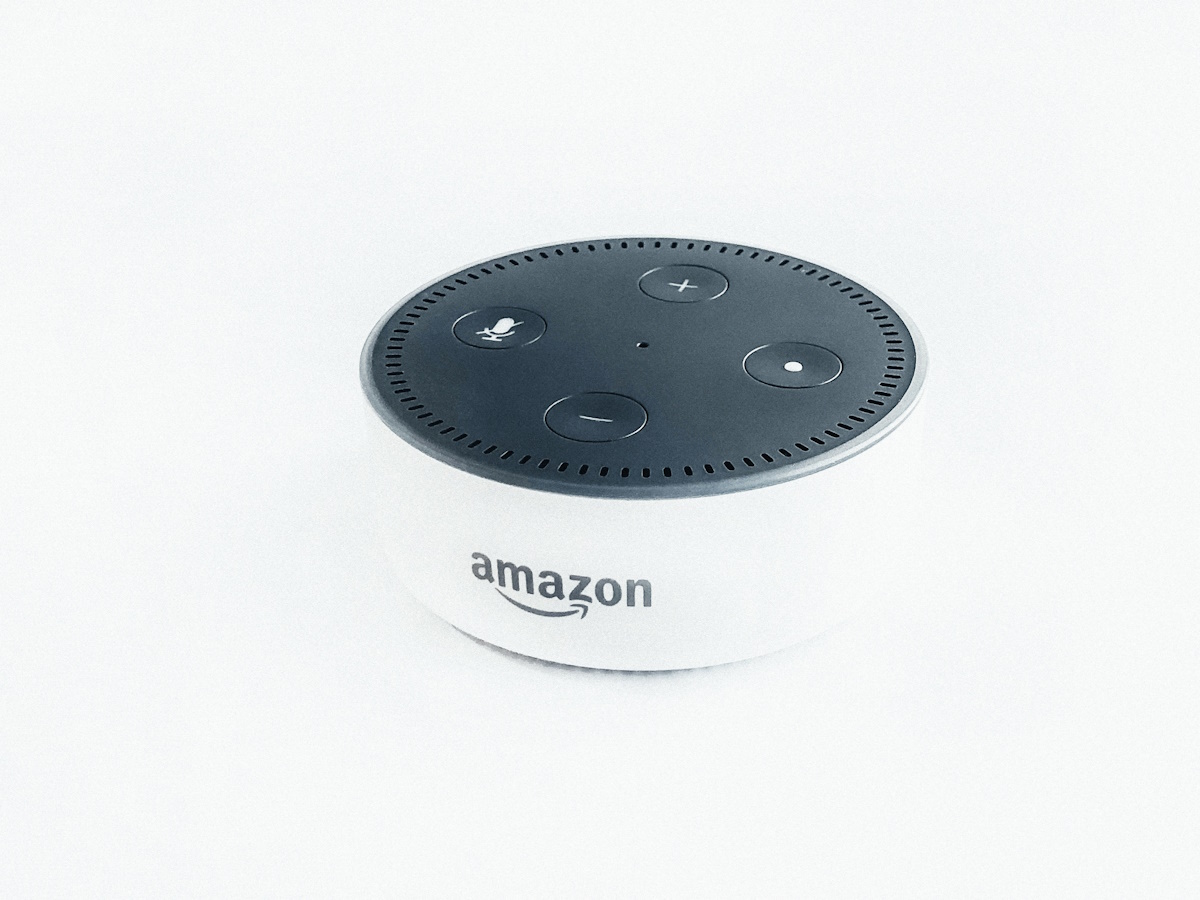


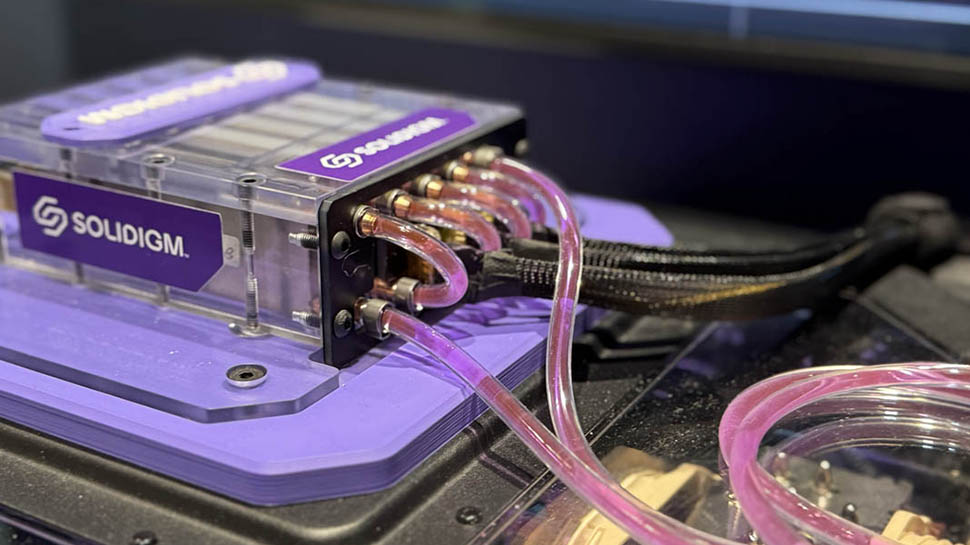













![Apple's M5 iPad Pro Enters Advanced Testing for 2025 Launch [Gurman]](https://www.iclarified.com/images/news/96865/96865/96865-640.jpg)
![M5 MacBook Pro Set for Late 2025, Major Redesign Waits Until 2026 [Gurman]](https://www.iclarified.com/images/news/96868/96868/96868-640.jpg)
![Apple to Revamp Health App with AI-Powered Doctor [Gurman]](https://www.iclarified.com/images/news/96870/96870/96870-640.jpg)
![Lowest Prices Ever: Apple Pencil Pro Just $79.99, USB-C Pencil Only $49.99 [Deal]](https://www.iclarified.com/images/news/96863/96863/96863-640.jpg)














![What Google Messages features are rolling out [March 2025]](https://i0.wp.com/9to5google.com/wp-content/uploads/sites/4/2023/12/google-messages-name-cover.png?resize=1200%2C628&quality=82&strip=all&ssl=1)






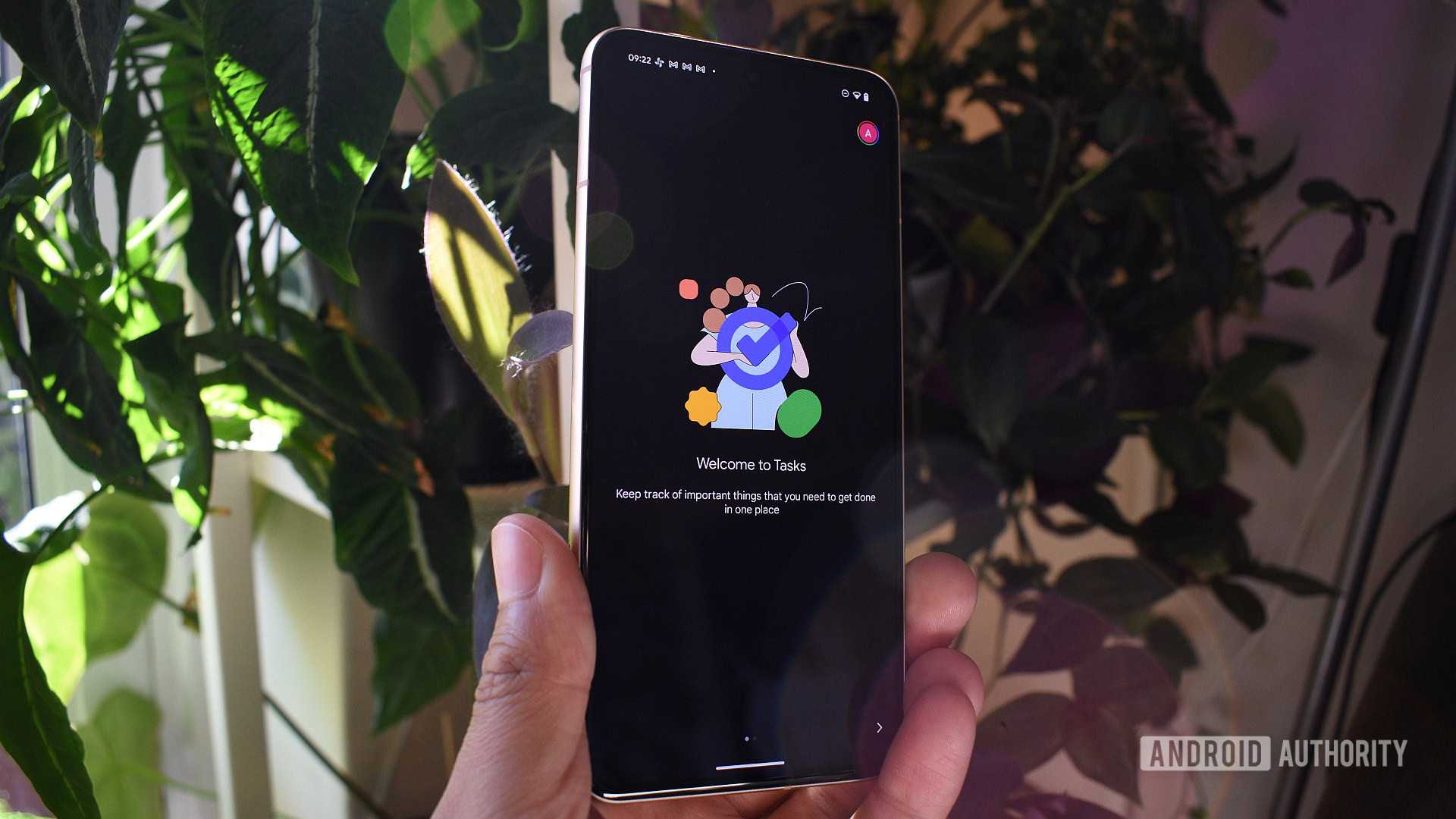






























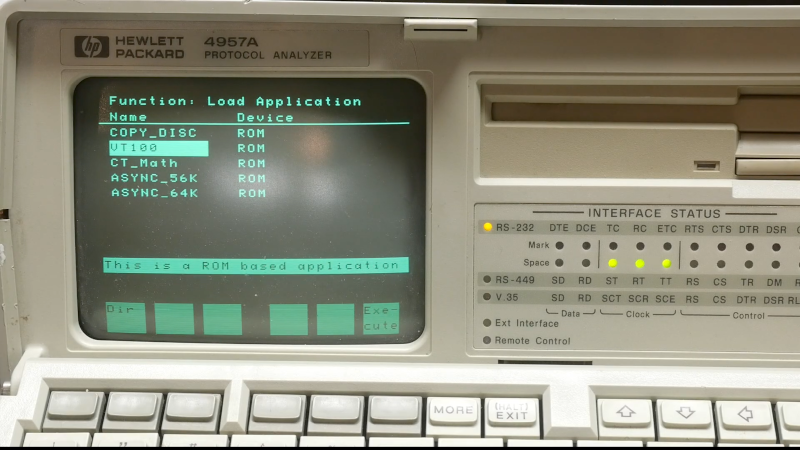


![Chip Glitching 101 with [Hash]](https://hackaday.com/wp-content/uploads/2025/03/glitching.jpeg?#)

















































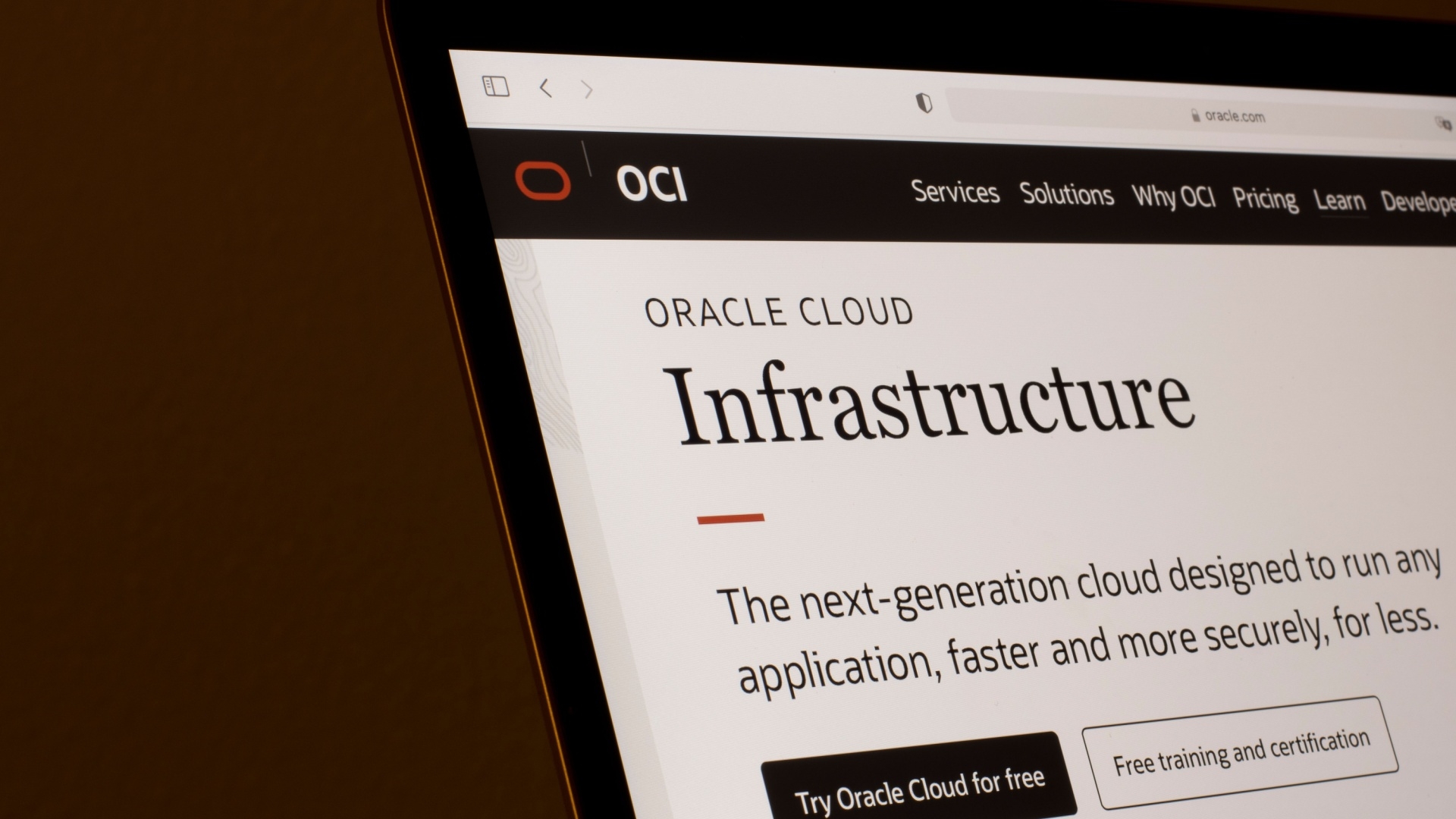







































































![[The AI Show Episode 141]: Road to AGI (and Beyond) #1 — The AI Timeline is Accelerating](https://www.marketingaiinstitute.com/hubfs/ep%20141.1.png)
![[The AI Show Episode 140]: New AGI Warnings, OpenAI Suggests Government Policy, Sam Altman Teases Creative Writing Model, Claude Web Search & Apple’s AI Woes](https://www.marketingaiinstitute.com/hubfs/ep%20140%20cover.png)
![[The AI Show Episode 139]: The Government Knows AGI Is Coming, Superintelligence Strategy, OpenAI’s $20,000 Per Month Agents & Top 100 Gen AI Apps](https://www.marketingaiinstitute.com/hubfs/ep%20139%20cover-2.png)

























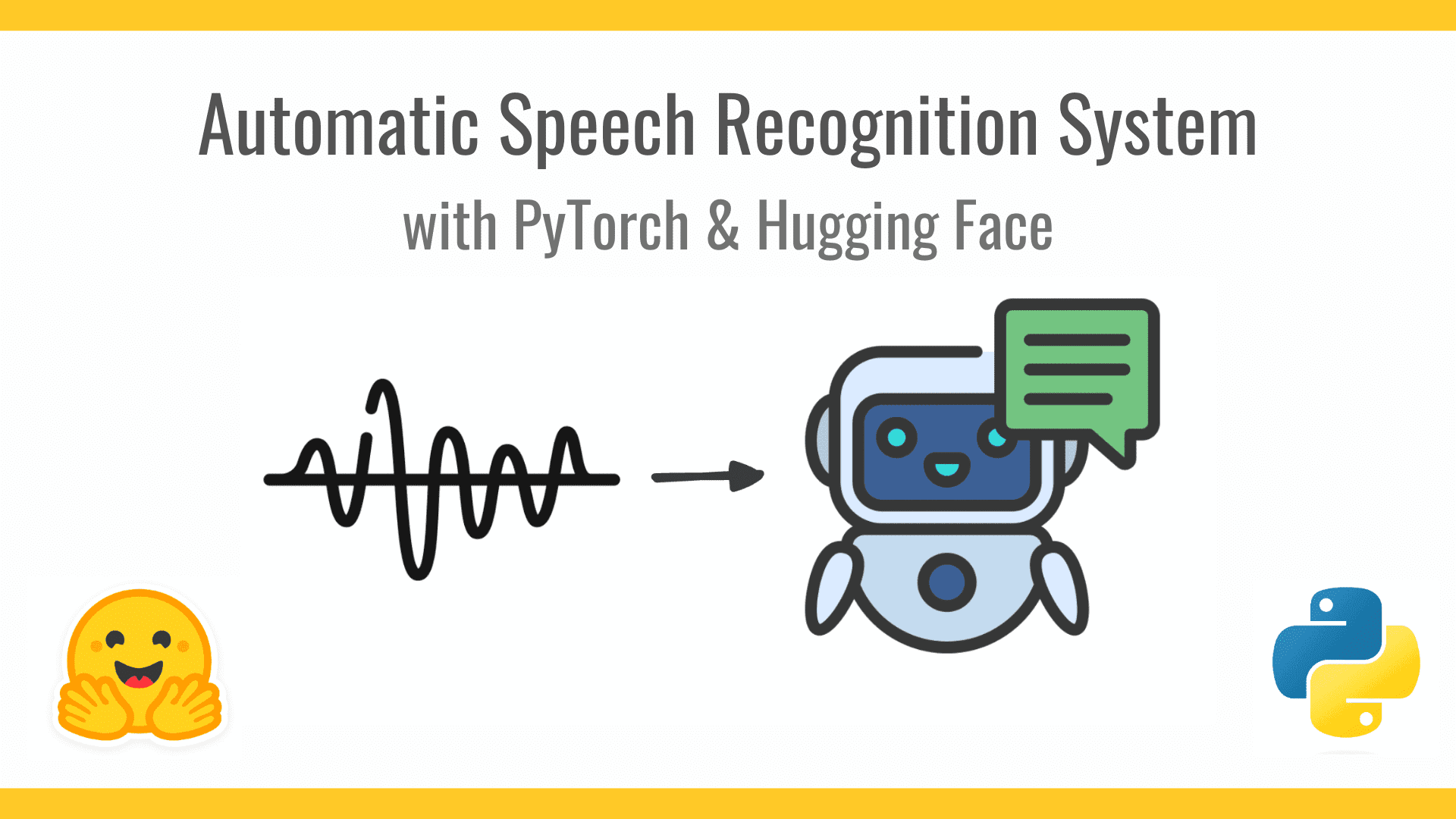





























































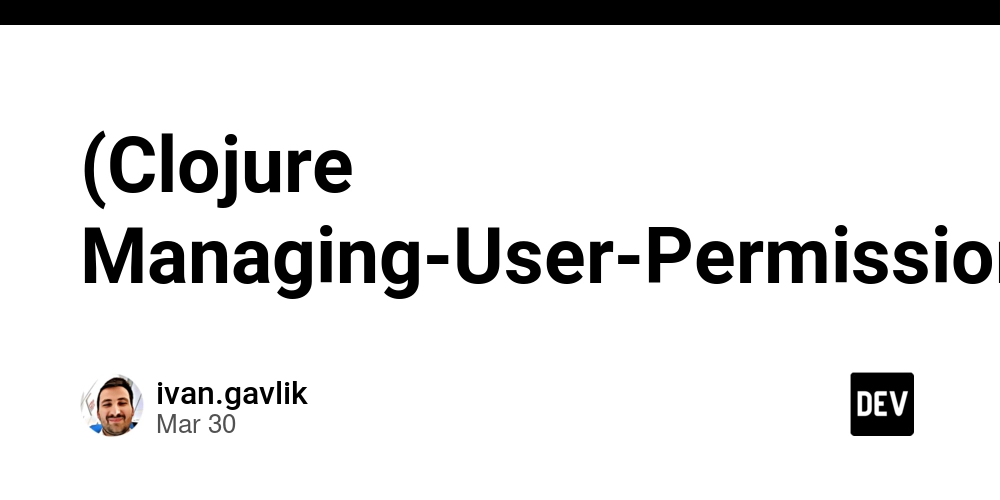

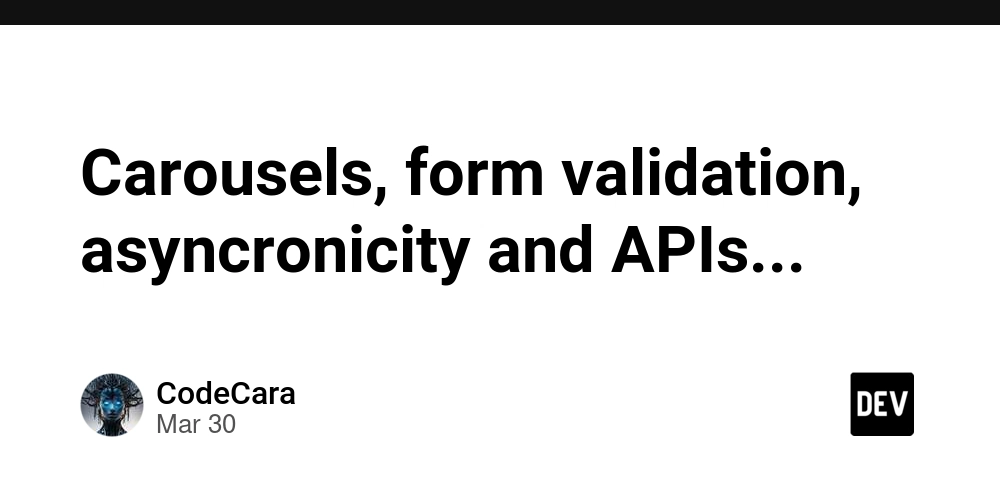


































![From broke musician to working dev. How college drop-out Ryan Furrer taught himself to code [Podcast #166]](https://cdn.hashnode.com/res/hashnode/image/upload/v1743189826063/2080cde4-6fc0-46fb-b98d-b3d59841e8c4.png?#)



![[FREE EBOOKS] The Ultimate Linux Shell Scripting Guide, Artificial Intelligence for Cybersecurity & Four More Best Selling Titles](https://www.javacodegeeks.com/wp-content/uploads/2012/12/jcg-logo.jpg)





























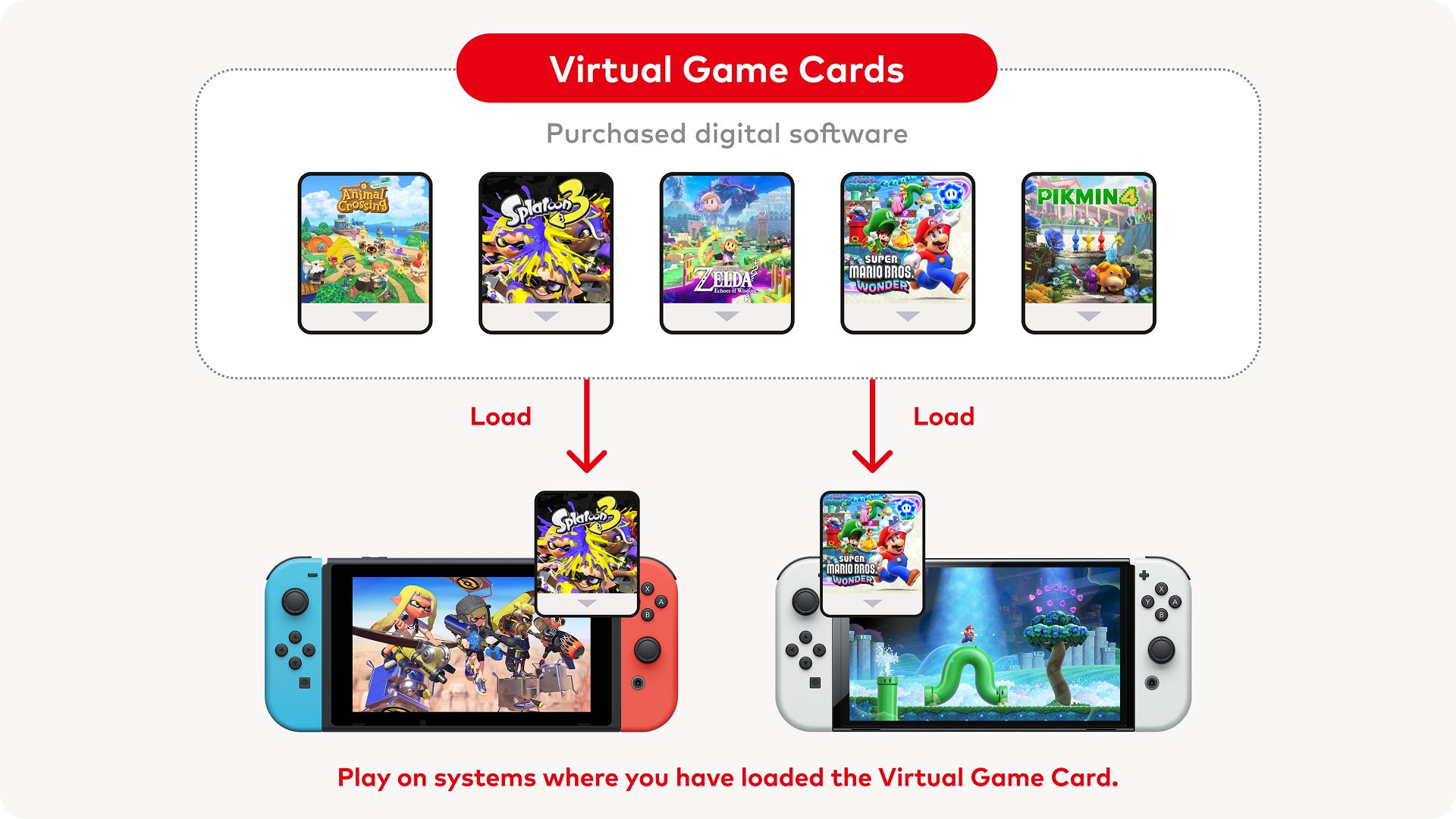






.png?#)














































